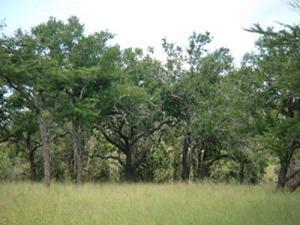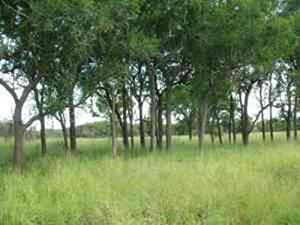Ernesto Uetimane Junior
Other projects
The aim of the project is to raise awareness of stakeholders on timber harvesting and trade through workshops and compilation of a catalogue of IUCN/CITES timbers to be used for on field identification.

Monospecific stand of sandalwood, Matutuine, Mozambique.
The logging activities in the tropics are largely blamed for the accelerated loss of biodiversity through mainly habitat alteration/destruction. Some conservation organizations (IUCN and CITES) are monitoring threatened plants especially those massively harvested for timber. However, many of threatened timbers are still traded due to lack of comprehensive data for reliable timber identification. The situation becomes even complex due to both high species diversity and similarities among some IUCN/CITES and regular timbers growing in Mozambique. Thus, this scenario represents potential threat to prevent harvesting of already endangered and banned timbers in the international market. A tentative response is proposed by the present project as it intends to undertake field work to collect samples and describe IUCN and CITES tree features and, in the future, the corresponding wood anatomy of the referred timbers growing in Mozambique. A twofold aim is sought, i.e., compilation of botanical guides for on field identification of IUCN/CITES trees and wood anatomy description for advanced identification in the laboratory. While the present project will deliver botanical catalogue, the latter objective (wood anatomy) will be done in the phase II of the project. The field work will be carried out in the main forest types across the country, i.e., in the dry miombo woodland found between Limpopo and Save basins in the southern region and the wet miombo woodland occurring between Zambeze and Rovuma basin in the central and northern part of Mozambique.

Declining sandalwood natural stand.
In terms of sampling size, between five (5) to twenty (20) individual trees of each timber species will be cored at breast height (1.3 to 1.6 m) to provide samples for wood anatomical descriptions. As with botanical descriptions reference material such as branches with leaves, flowers and fruits will be collected and described whenever available. Additionally, the team will take photos of standing trees in their natural habitats to assist on field identification of the studied trees by the stakeholders. As a follow-up, workshops aimed at raising awareness of stakeholders on this matter will be arranged in the main sampling regions. The principal outcome will be a richly illustrated botanical guide containing easy to interpret tree features of IUCN/CITES timbers to provide reference data for future on field identification of IUCN/CITES timbers/trees.